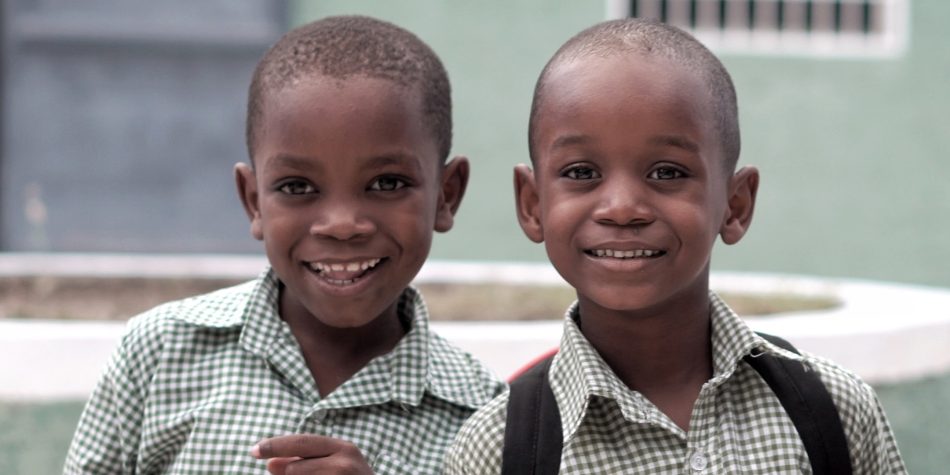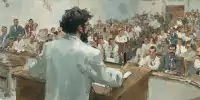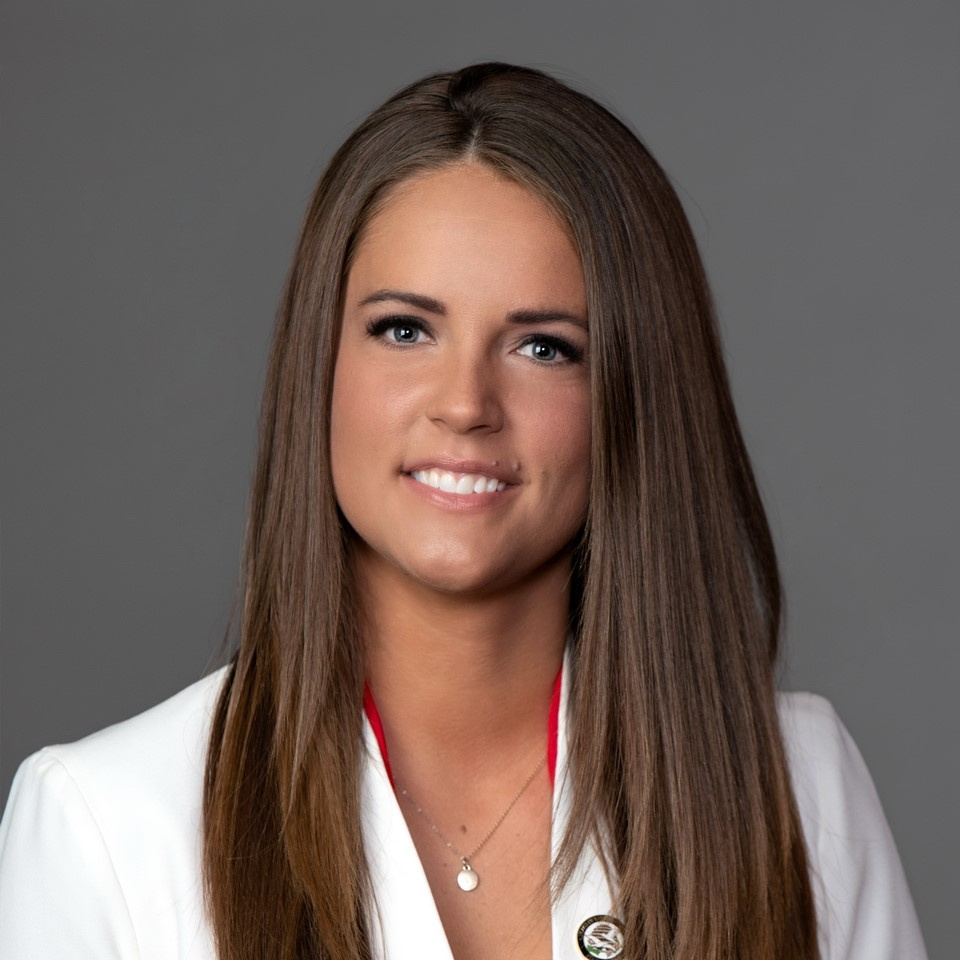We, the undersigned, are fiercely and sincerely dedicated to the cause of racial reconciliation. We mourn the history of tragic discrimination, racism, and violence so many have faced, and which still manifests today in so many ways. And we consider the prophetic call to “lead out in abandoning actions and attitudes of prejudice” and “root[ing] out racism” as a commandment from God Almighty.
Around a topic of such importance, it’s especially concerning to see mounting suspicion and accusation permeating the broader conversation, not just in America as a whole, but also increasingly in our own faith community. Too often allied thinkers largely talk amongst themselves about those who disagree with them, rather than engaging their differences together openly with grace, civility, and trust.
We believe Christ would want his followers to not give up on each other.
Beneath each question, we lay out some additional thoughts that provide context for where the question comes from while acknowledging some of our own current thinking. We do so, in order to be transparent about where we are coming from. As brothers and sisters who share a common foundation of faith, we are genuinely interested in your take on these framing thoughts as well. How close—or far—away are we from each other in this?
Public Square Magazine has agreed in advance to feature a response to these questions from someone (or a group) who takes our offer of engagement seriously. We welcome good-faith critiques and suggestions on points you believe we misunderstand. We want to keep learning, and anticipate deeper understanding coming from this back-and-forth.
1. How open are you to concerns over Critical Race Theory and associated ideas reflecting something other than underlying racism?
We are concerned with the growing insinuation that those of us with honest questions about certain theories and perspectives regarding race are opposed to racial reconciliation and collective healing. For instance, in specific reference to people raising such questions, a widely-circulated letter signed by a number of BYU faculty (and sent to BYU administration) expressed concern with “pushback from faculty colleagues and staff members across campus when we participate in campus events that promote the ideas and work of antiracism.” While everyone should be able to agree that “hateful and threatening communication” is not okay, the letter went on to advocate against “giv[ing] room to those on campus, including faculty, staff, and students … seeking to deny the effects of racism and block efforts to address it.Statements like these seem to assume there is only one way to think about racism, and one way to seek healing and reconciliation from it. Especially at the level of the academy, we would hope there always remains space for competing views that share a positive desire for racial harmony.
We are concerned with the growing insinuation that those of us with honest questions about certain perspectives regarding race are opposed to racial reconciliation and collective healing.
For instance, seeing all of American history through the lens of critical race theory has led some scholars to dismiss the promotion of classical liberal ideals, small-government conservatism, or the role family norms historically play in upward mobility as de facto racism (e.g., borne out of, perpetuating, or advancing racial disparities). Likewise, we see some claim it’s inherently racist to critique affirmative action, reparations, the efficacy of certain police reforms, or property violence inflicted by the Black Lives Matter protests of 2020. How much space is there to raise such questions without being automatically seen as racist? Laying aside whether particular measures are right or appropriate, we are simply asking how much space there is to even have a conversation, without those with doubts being automatically cast as racist?
A relevant note: Multiple active BYU professors wished to join us in composing this letter but felt unable to join because of the potential for repercussions in dissenting from popular views. As such, the signatories of this letter are not in the academy but have interests in this discussion. The fact that more conservative voices feel increasingly unable to openly express their reservations should perhaps signal that something is amiss in the way the current discourse is framed. (Although we recognize left-leaning voices have often felt similar hesitance in the past, the strong national trend is clearly in the other direction today, including on religious campuses—highlighted by the experiences of 4,000+ professors, teachers, and students who have joined Heterodox Academy’s work to promote “viewpoint diversity” on American campuses).
2. Are reports of racism increasing in part because we are expanding the set of attitudes and opinions considered racist?
In the letter referenced above, BYU faculty cite “an especially alarming rise in racist remarks and arguments by students in our classrooms, informal campus settings, and written assignments.”
We do not doubt the reality of racism continuing to show up at BYU and other Church settings. But the scope matters. And we wonder to what extent formerly innocuous events are now being classified as racist?
Columbia University professor John McWhorter points out that some things labeled as racist are better characterized as “faux pas,” ordinary socially awkward interactions among people who may not have good people skills. While it’s certainly good to improve our language, make it more inclusive, and challenge outdated modes of thinking, how can we better differentiate between the evil of genuine racism versus mistakes based on provincial thinking, social awkwardness, poor communication skills, or interpersonal cluelessness?
We worry that without such clarity and patience with each other, we will make less progress on diminishing actual racism and inadvertently scare students away from the kind of open exploration that could lead to a deeper change of heart across our differences.
3. Are we operating under a shared definition of racism, or are we talking past each other?
A related concern is whether the term racism is being used consistently. Latter-day Saint professor Steven Smith at UC San Diego published an essay recently, “What Do You Mean When You Say “Racist”—where he argues for at least three different senses of the word “racist” being used interchangeably. Could more clarity in terms of these different meanings help us communicate better—and avoid unwittingly engaging in definitional games that obfuscate, accuse, and divide?
For example, President Oaks’ statement, “We must do better to help root out racism” has been cast by some as a kind of implicit endorsement of emphasizing structural/institutional reform, rather than (centrally) the kind of heart and mind change our prophet has pleaded for repeatedly in the past. Yet rather than clarifying these distinctions, the conversation gets framed in a way that people feel beholden to accept everything in a sweeping “fight against racism.”
This is not to deny a real need to look seriously at historic and systemic manifestations of racism; Dr. Ryan Gabriel’s recent devotional talk at BYU provides a helpful and effective summary for Latter-day Saints as to why attention to present or individual factors alone is insufficient. Rather than engage these conversations skillfully, however, there are so many instances where we seem to be “talking past each other” because we are not operating under the same definitions. If the heavy charge of racism is reserved only for Klan violence, all manner of quiet harm will go unacknowledged and unaddressed. At the same time, if the same word is used to describe both “physical harm by white supremacists” and “believing that capitalism is a generally good system” we are in for confusion and frustration. We need a higher-resolution lexicon. And a deeper conversation down at the level where these issues can be discussed and fleshed out.
The letter in question goes on to assert a great deal of urgency for institution-wide reforms and calls on administrators to “act swiftly on this issue.” But it provides few concrete examples. What racist arguments are you hearing? And what “harmful beliefs of racial superiority” are being perpetuated? Accusations of racism are serious and ought to be treated as such. For this reason, we believe it’s appropriate to ask that such accusations be as precise as possible.
4. What exactly is leading some black brothers and sisters to feel threatened, unsafe, or even estranged from our faith community?
We are heartened that 71 percent of minority students reported satisfaction with the overall BYU campus climate and that graduation rates for these same students are measurably higher than other universities across the nation (58% at BYU for black students, compared with 42% nationally).
Yet perhaps appropriately, the focus of ongoing efforts has been how to do better—and assist those who are still struggling. We share this concern with any student feeling unsafe on campus, full stop. Our concern lies elsewhere, as we will illustrate with an example.
A few years ago, a couple of black sister converts were baptized into a ward where one of us served in a leadership position—giving us an opportunity to work closely with them. At their baptism, a white sister, whose husband is black and has biracial children, approached them warning them to expect discrimination while explaining that she alone could “really get them” and would be there for them. Her continued “help” to this couple continued to affect their views until their relationship with the church was deeply damaged. In this way, a very diverse and welcoming ward was disparaged—and these new converts invited, on some level, to turn against their fellow saints. With all the best intentions, this woman racialized their church experience before they even had time to simply be members.
This is an especially vivid example, in our view, of well-intentioned efforts inadvertently setting the stage for hyper-sensitivity. Having witnessed similar dynamics that have prompted others to be estranged from the Church, we ask whether you recognize any unintentional consequences for an overly-racialized reading of our interactions? At what point does it no longer make sense to increase one another’s vigilance and sensitivity around matters of race?
None of this is to deny real, hurtful interactions that do happen—and prejudicial attitudes that still clearly need to change.
If you write a book that teaches that Black people’s feelings must be stepped around to an exquisitely sensitive degree that hasn’t been required of any human beings, you’re condescending to Black people. In supposing that Black people have no resilience, you are saying that Black people are unusually weak. You’re saying that we are lesser. You’re saying that we, because of the circumstances of American social history, cannot be treated as adults.
Certainly, none of this is to deny real, hurtful interactions that do happen—and prejudicial attitudes that still clearly need to change. We’re simply asking for a broader, more nuanced conversation about how exactly some of these hurtful feelings arise, and different forces influencing the “loss of faith” among some in both BYU and the Church of Jesus Christ.
And that, of course, would take more time. In the aforementioned faculty letter, there is an implication that because BYU has delayed a mere few months to discuss and consider far-reaching policy proposals, it is now implicated in ongoing racism and the disaffection of those affected by it. In the absence of more careful deliberation, it’s worth considering whether some of the proposed measures might actually exacerbate racial tensions rather than promote reconciliation and healing.
5. What kind of conversation holds the best hope of shepherding anyone hurting towards reconciliation generally, and minorities towards healing from any trauma of the past?
At a university workshop one of us was leading, undergraduates began sharing experiences where they had confronted microaggressions around them—excited to report on how they called out a subtle manifestation of underlying racism, sexism, homophobia, etc. Then, the question was posed, “Imagine you wanted to improve your family atmosphere or marriage at home, and so you decided to start pointing out every moment when you sensed any kind of injustice, unfairness, or potential slight against you. How effective do you think that approach would be to draw you closer as a family and help you grow or find healing together?”
The silence in the room signaled something obvious: we know that kind of thing doesn’t heal or reinforce a more trusting community. Yet these students had sincerely come to believe that repeated acts of confrontation were key in incrementally improving the world. That’s what they had been taught, and what they had assumed to be true.
We respect that many others have concluded that this approach is a part of what is necessary to arrive at a more just world. Yet we would still ask: Do we really believe this kind of conversation and approach will help us heal, reconcile, and come together? If not, then we ask sincerely: What would it take to invite a different kind of conversation—and promote different kinds of interactions in our own communities and campuses, that help create experiences of connection and healing?
We can’t help thinking of all the truly great civil rights leaders of past and present day— including Desmond Tutu’s repeated writings on forgiveness (amidst, yes, a confrontation with hard truths). And other positive examples today, like Dr. Ryan Gabriel’s recent campus remarks, where he stated beautifully, “His death and triumphant Resurrection not only provide us the ability to reconcile our relationship with Heavenly Father but to reconcile our relationships with each other.”
How can we better channel their same wisdom today, and encourage students to not give up on that kind of an explicitly Christian approach?
6. How might Latter-day Saints help resolve potential conflicts between some of the prevailing rhetoric around critical race theory and the gospel of Jesus Christ?
We recognize that very few intellectual movements are completely in harmony with the gospel. This is no attempt to hyperventilate about CRT, to misconstrue it irresponsibly, or to simply form a reactionary anti-tribe. There are many areas of resonance between social justice and the gospel—as articulated in recent Public Square essays by Hannah Seariac and Professor Warner Woodworth (see also “Does Social Justice Really Have to Divide Us?”). Many Latter-day Saints agree, however, that there are at least some major differences between the restored gospel as taught by modern prophets and the modern antiracism movement.
With more discussion, we’re curious how we as Latter-day Saints might lead out in helping resolve some of these conflicts? For instance:
- Agency: At times, CRT advocates seem to place such an emphasis on systemic and unconscious accounts of racism that individual responsibility can seem minimized or ignored. How might we as Latter-day Saints highlight ways to acknowledge historic and systemic problems without diminishing personal agency to shape our lives?
- Forgiveness. Calls for de-platforming and cancellation often reflect what can feel like a graceless theology in which mistakes are inescapably intentional and both publicly and professionally unforgivable. In what ways might we move the discussion beyond the harboring of resentments, and encourage forgiveness and reconciliation? [Dr. Gabriel’s seminal talk once again, provides a great model for this, in his strong acknowledgement of racial injustice, alongside equally strong emphases on gratitude, forgiveness, and the grace of Christ. As he puts it, “We might offer consistent, heartfelt prayers to have charity for those whose cultural histories are different from ours….The Savior invites all of us to share in His abundant gifts of love and redemption, in which racial and economic status are inconsequential, in which each of us can partake of His nourishing word, and in which we are inherently equal.”]
- Family. It is certainly possible to be both pro-family and antiracist. However, we find that the most ardent CRT-style antiracists (even within the Church) are the quietest on the importance of family or traditional sexual mores—if not outright hostile to these precepts. The idea that strong families make for strong communities and advance material and spiritual prosperity are treated as racist again and again in public discourse, despite being emphasized repeatedly by prophets. How might we work to ensure that public discussions of race don’t disregard traditional sexual mores, or judge them as either a de facto form of racism, or as incompatible with antiracist efforts?
Some have suggested that CRT should be opposed simply because it is divisive. We do not. There is a sense in which the Christ we follow, and His restored gospel can also be divisive. It is certainly possible that CRT and antiracism broadly are sometimes being resisted due to white people’s own fragility and desire to hide their racism. But we’d insist that a large part of this resistance arises from thoughtful people who are doing their best to discern clearly, seek earnestly, and explore sincere concerns.
7. Are there ways in which a broader conversation across some of these disagreements could lead to more effective solutions and policies?
In the faculty letter, we find a desire for BYU administration and Church leadership to put an end to opposition, and somehow enshrine CRT in practices and institutional efforts. And, indeed, lots of CRT-based policies have reportedly been implemented (proactively) in various colleges and departments across BYU’s Provo campus. In lieu of additional pressure campaigns for BYU to adopt policies similar to other universities, we wonder whether policies more uniquely suited to this distinctive campus could emerge from more of a broader kind of conversation together?
With sufficient space to be heard, we cannot help but imagine what a healing conversation about race could mean for everyone in our faith community.
With sufficient space to be heard, we cannot help but imagine what a healing conversation about race could mean for everyone in our faith community. For instance, who cannot hear about the Tulsa race massacre and the destruction of “Black Wall Street,” as depicted so movingly of late—and not have their hearts pricked? And who cannot hear the story of Bryan Stevenson’s work to build the National Memorial for Peace and Justice and be inspired by his courage to document a brutal part of our American family history, reflected in nearly 5,000 lynchings?
Knowing what we do about painful historical memories, Latter-day Saints may be uniquely suited to become advocates of what Tulsa historian Hannibal B. Johnson called the need for greater “compassion and empathy” around “issues of historical racial trauma.” As Dr. Gabriel summarizes, “By contemplating challenging historical moments through the lens of the gospel of Jesus Christ, we will increase our appreciation of the beautiful healing power of the Prince of Peace.” As written about in this magazine last year, we believe how exactly to achieve this kind of collective healing is an interesting and crucial question that could benefit from many perspectives.
Despite all this, some struggle to hear any of this as sincere—insisting, for instance, that our own racial identifications disallow even broaching such questions. Yet as we affirmed at the beginning, we write this as disciples to other disciples. We speak fundamentally as brothers and sisters, to other people we regard as exactly that. It’s on that basis that we write. And we would simply ask the same from those doing their best to hear us out.
In closing, we wonder what God might have in store for those who seek to follow Him if we unify, see each other as fellow citizens in the Kingdom, and petition Him for revelation and guidance on this critical and difficult issue. We have profound faith that God speaks today, that solutions that are not in conformity with eternal law will not ultimately succeed, and that the answers to these difficult questions will eventually come from Him—if we seek in unity, faith, and earnestness of purpose.
Thank you for hearing us out. We look forward to your responses.
Your brothers and sisters in the faith,
Jacob, Meagan, Dan, Amanda, Nathaniel (and five professors at BYU campuses, who we thank for their close collaboration).

















